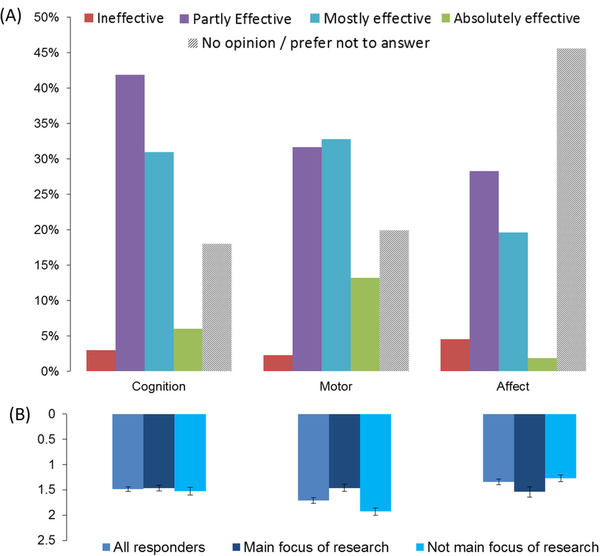Nathan Whitmore continues to push the envelope on DIY brain stimulation. Somewhat above my limited capabilities, we can assume that as the project evolves, the build will get simpler.
BrainKit 1.0 released
To download BrainKit, click here to go to its GitHub page. You can also see an earlier post which lays out some of the concepts behind BrainKit here.Planning BrainKit started about a year ago when I was thinking about the question “now that putting together the hardware and software to make a relatively inexpensive device to stimulate the brain is basically a solved problem, what is the next major obstacle to the use of noninvasive brain stimulation?” The answer was (and still is) figuring out where in the brain to stimulate to achieve some desired effect.
BrainKit was inspired by this idea, a brain stimulator which also is capable of monitoring brain activity and using statistics to understand the neural correlates of mental states and design stimulation montages more intelligently. For instance, BrainKit can find brain regions that show different patterns of activity in fatigued and alert states—and then allow you to stimulate these regions to see if it affects alertness.
Full article: http://quicktotheratcave.tumblr.com/post/124541990103/brainkit-1-0-released



